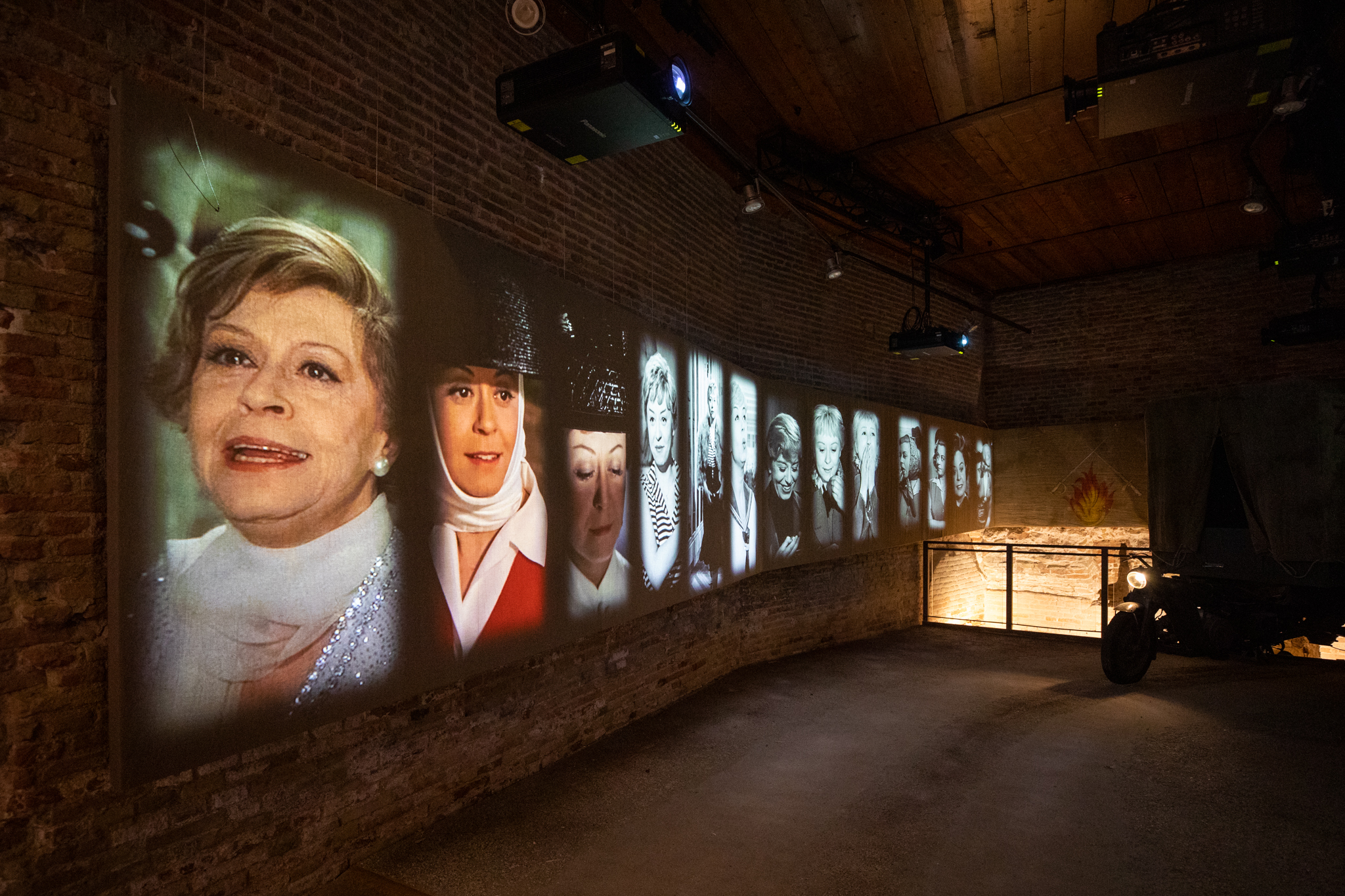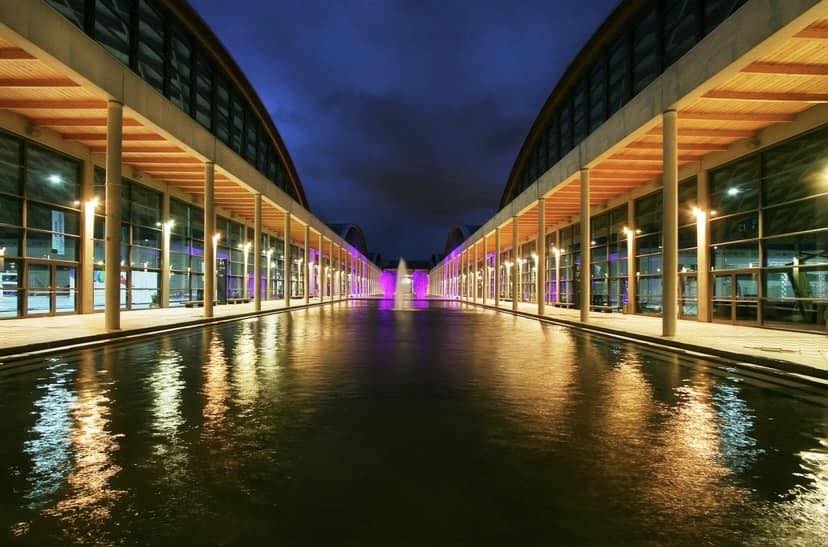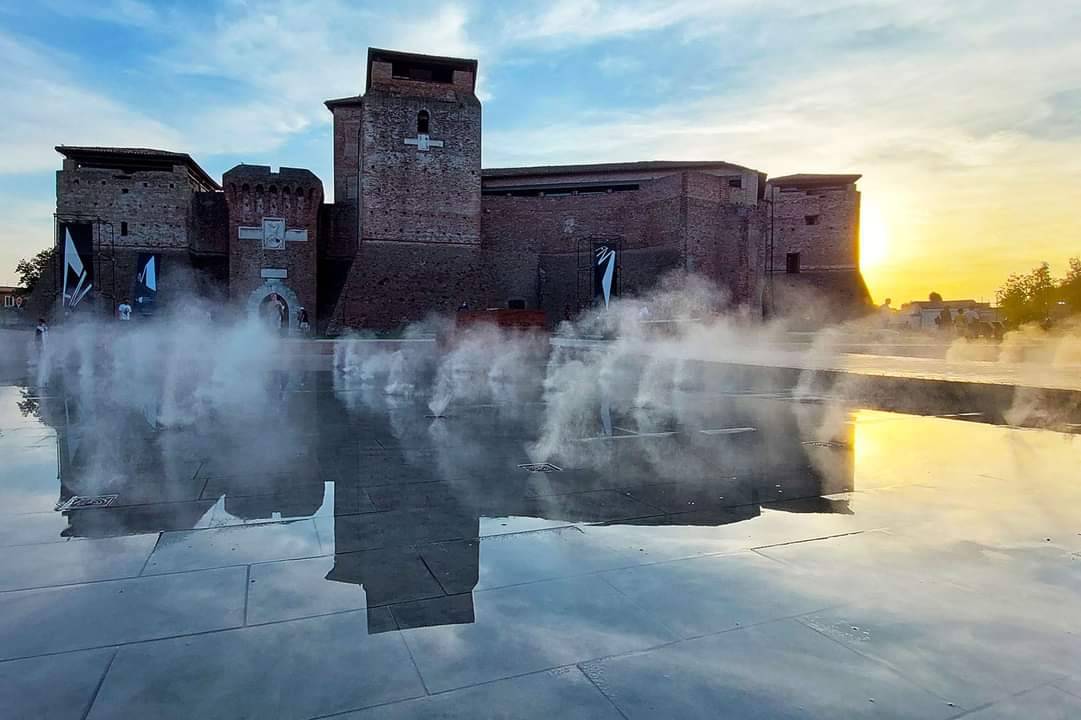In Rimini, the Fellini Museum was founded in honour of Fellini’s visionary spirit, films and the interaction among different arts, in a constant dialogue between innovation and tradition. Sismondo Castle, Fulgor Palace and Malatesta Square, Piazza dei Sogni (Dream Square), are the three locations involved. A newly designed extensive museum centre and the world’s largest museum project dedicated to Federico Fellini’s genius.
The Fellini Museum unfolds along three important locations in Rimini’s old town, connecting diverse realities in the common goal of conveying the great Italian film director’s expertise and creative spark. The three axes are as follows: Sismondo Castle, the fifteenth-century Malatesta fortress to whose design Filippo Brunelleschi contributed; the Fulgor Palace, a building which dates back to the eighteenth-century, where the ground floor houses the Fulgor, the legendary cinema portrayed in Amarcord and now refurbished with sets designed by three-time Oscar winner Dante Ferretti. At last, Malatesta Square, a large urban area with green spaces, performance arenas, artistic installations, an immense veil of water resembling the castle’s ancient ditch and a large circular bench, intended to be a hymn to life, solidarity and the desire to be together, as in the finale of 8½.

The Fellini Museum does not intend to portray the cinema of the Rimini director as a work in itself, as a memorial or a tribute to his memory, but rather to exalt the cultural heritage of one of the most distinguished directors in the history of cinema, who was born in Rimini in 1920. It also brings together, in a conceptual and spatial unit, several places in the heart of the city, creating a composite path of participatory narratives that make the visitor the protagonist of an immersive experience, in a continuous ‘dialogue’ between indoor and outdoor spaces in which creativity and imagination can positively contaminate Rimini and its journey into the present and future, as the key to accessing the world of “everything is imagined”.











